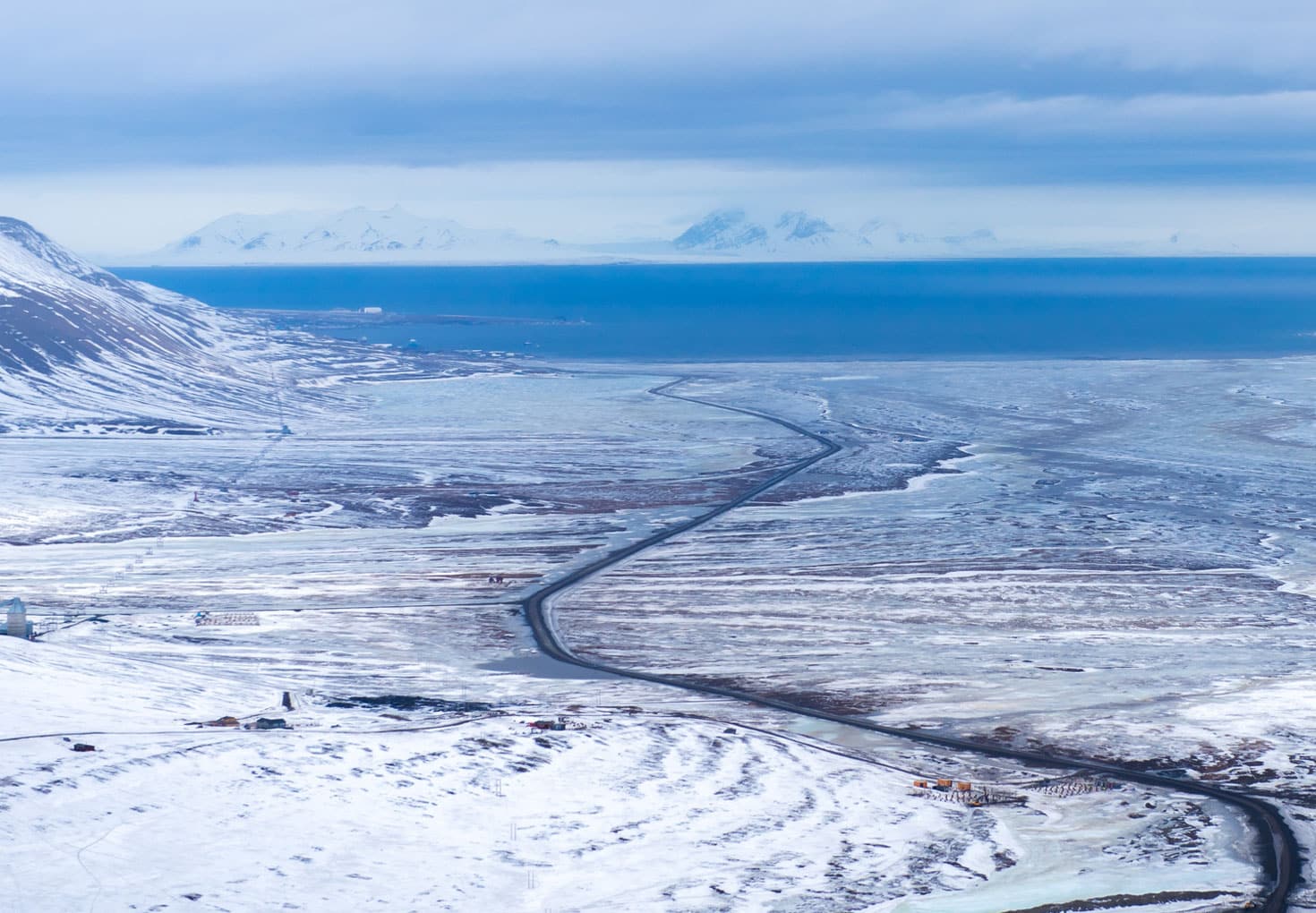How many important data might have been lost in ephemeral storage? The mission of the Arctic World Archive (AWA) is enabling data preservation for centuries.
The Arctic World Archive was officially opened in March 2017 in Svalbard with the objective of protecting the world’s digital memory and knowledge against potential climatic or nuclear threats. This project is inspired in the Svalbard Global Seed Vault, opened in 2008 with the aim of preserving a wide variety of the world’s plant seeds.
The Arctic World Archive: an ultra-secure data vault inside a decommissioned coal mine
This project is born thanks to the collaboration between Piql, a Norgerwian company aiming to prevent the loss of irreplaceable data, and Store Norske, a mining company based in Svalbard and owned by the Norgerwian state.
Data is stored in PiqlFilm, a digital photosensitive film designed by Piql to store data in the AWA for hundreds of years. Bits are transformed into something similar to QR codes. This solution which will allow recovering digital information because it is technologically independent; using a source of light would be enough for reading these films and recovering the original digital files.
Location: the Arctic Svalbard Archipelago
The Arctic World Archive is an ultra-secure data vault located in decommissioned mine number 3, a former coal mine, in the Arctic Svalbard Archipelago. This mine is located deep inside hundreds of meters of permafrost, which helps storing the films at a constant temperature between -5ºC and -7ºC.
The Svalbard Treaty from 1920 — signed by 46 parties among which there are the primary powers of the world — establishes that Norway must respect and preserve the Svalbard environment. So, the archive meets all environment requirements. The Arctic World Archive doesn’t need electricity for storage and the Arctic climate with permafrost is ideal for storing the film for hundreds of years.
Institutions and companies that have deposited data in the AWA
The first institutions to safeguard their data in the Arctic World Archive were the National Archive of Brazil, the National Archive of Mexico and the Norwegian Inter-Municipal Digital Archives. Since its foundation, many other institutions have deposited data there, such as the European Space Agency (ESA), Unicef or the European Organization for Nuclear Research (CERN).
GitHub has also recently archived 21TB of repository data in the Arctic World Archive, as part of its Archive Program for preserving open source software. The 21TB repository was created from snapshots from all active public repositories on the platform. It was transformed into 186 reels of PiqlFilm and deposited in the GitHub Arctic Code Vault on the last July 8 (2020).
The Arctic World Archive is an example of how important Disaster Recovery has become, even at a greater scale. This interesting project reminds us of the importance of protecting data and knowledge in a ever-changing technology environment.




